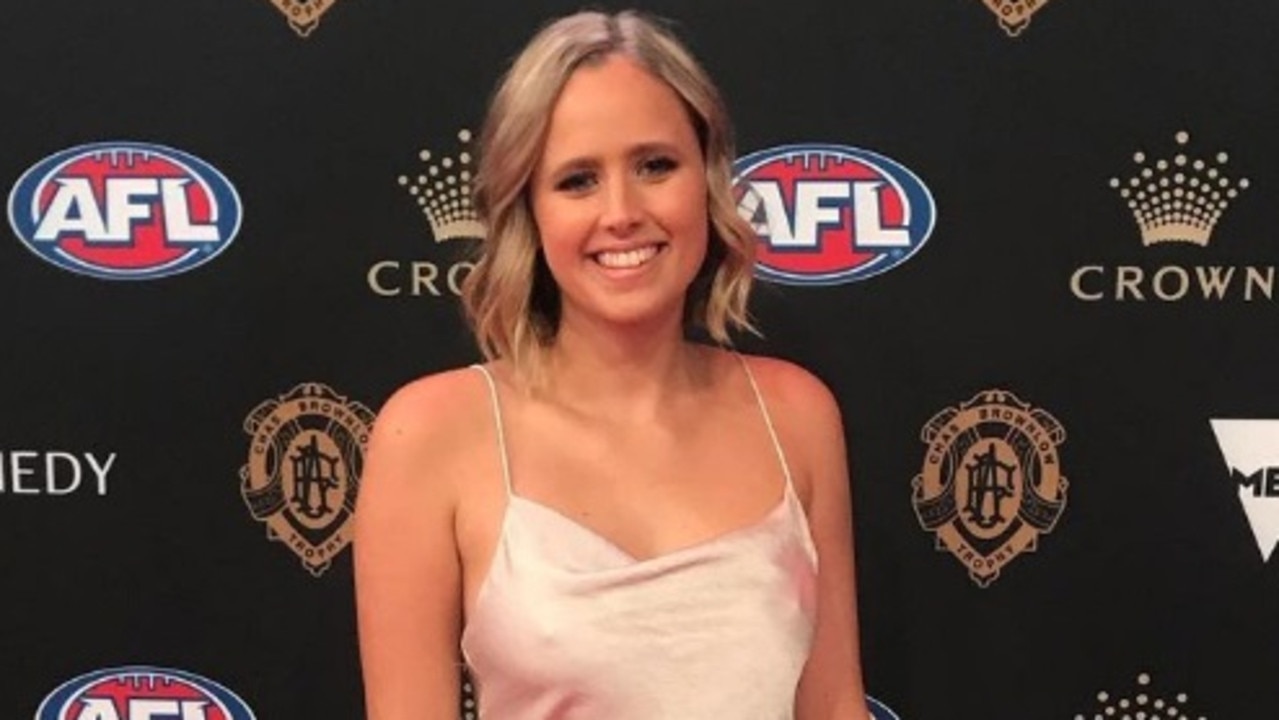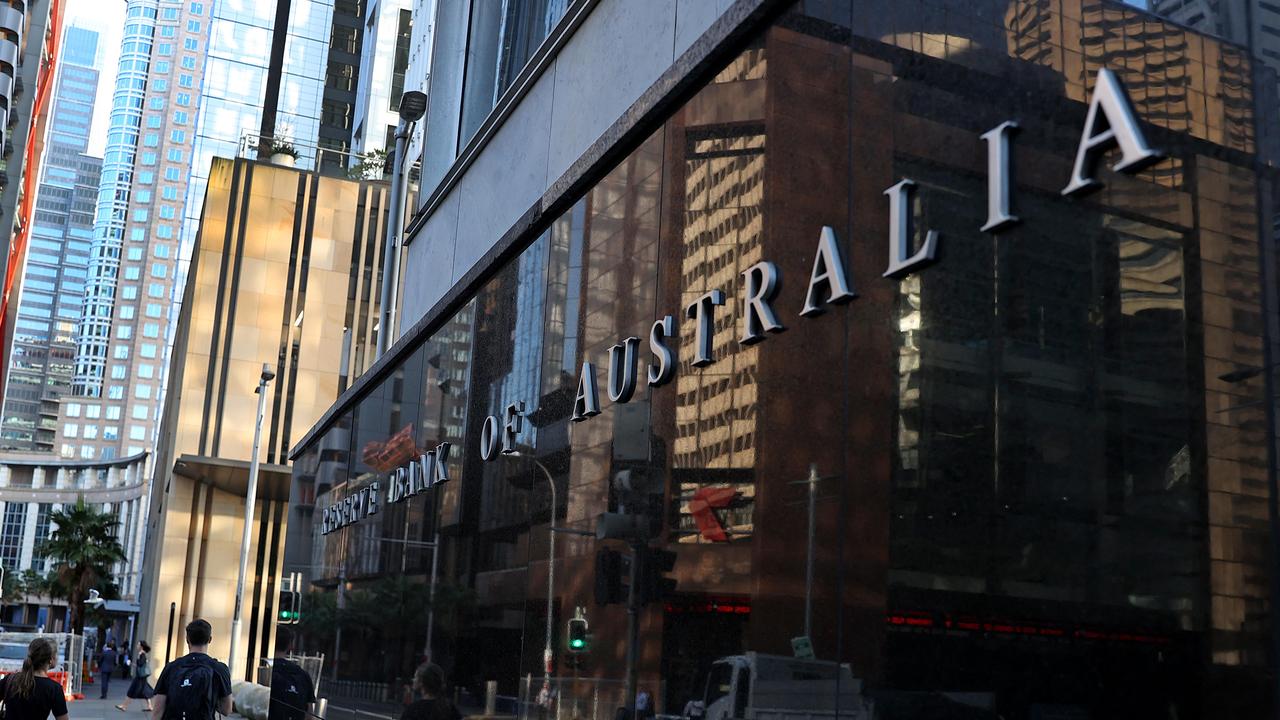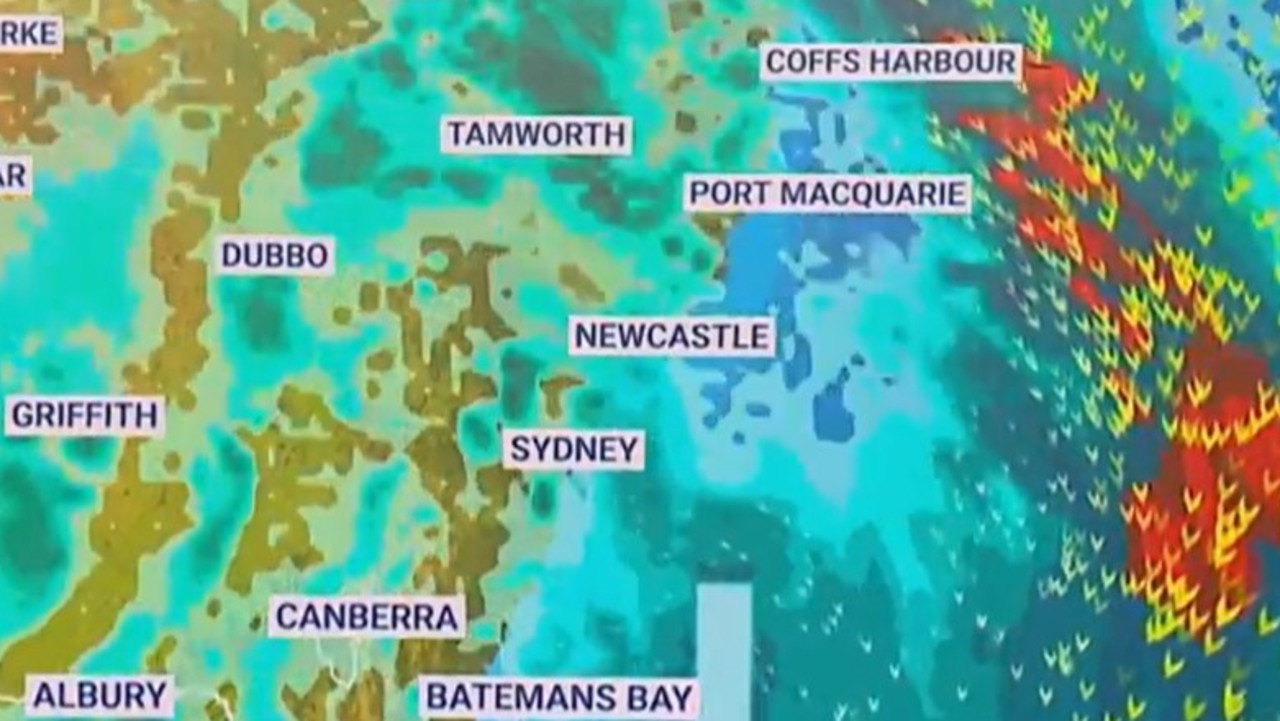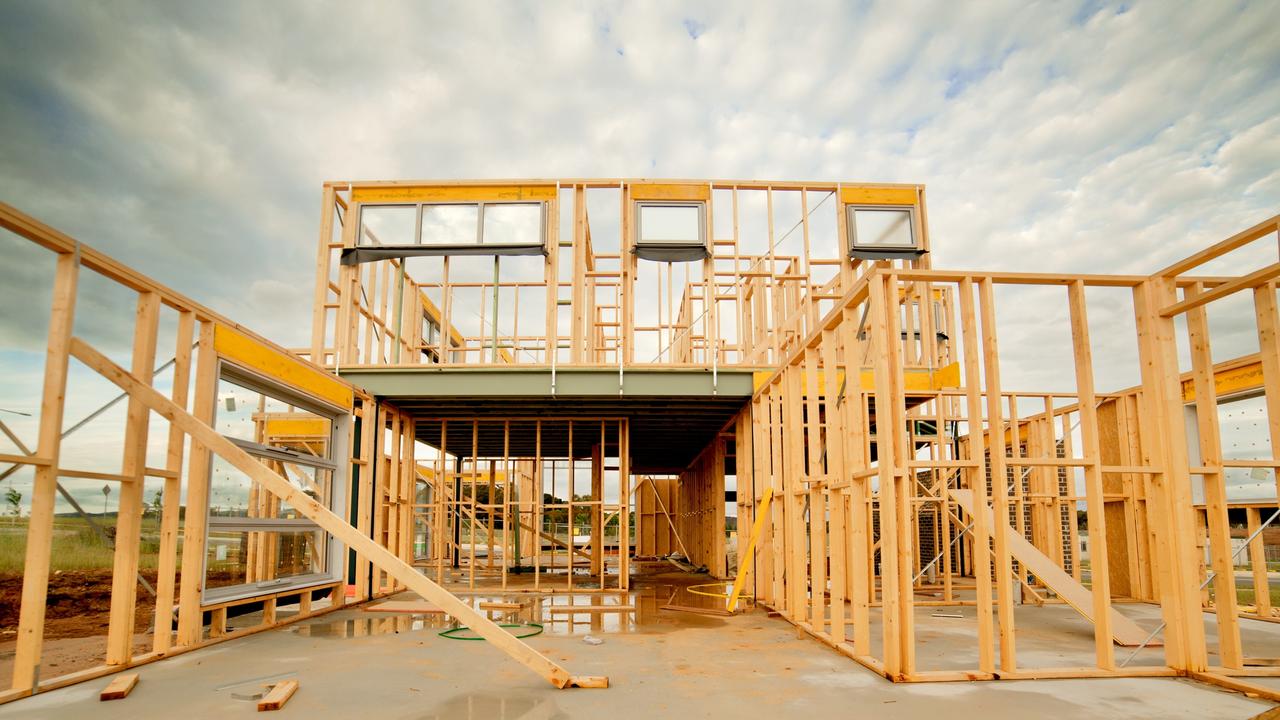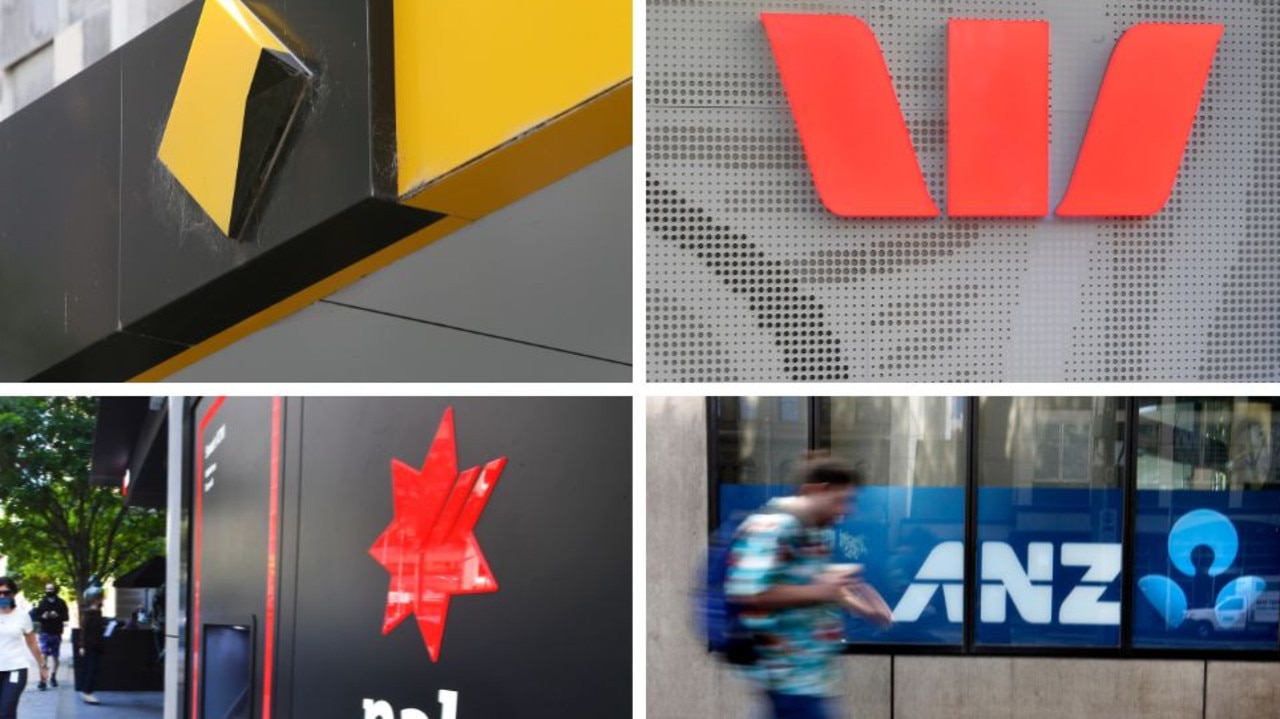A young woman is taking legal action against the AFL club she used to work for, claiming she was discriminated against after being hospitalized with a mental illness.
Sophia Salmon-Abbott, 24, suffered anxiety and depression when she was an account manager for Hawthorn, according to documents filed with the human rights division of the Victorian Civil and Administrative Tribunal.
In May last year, she spent a month in hospital after suffering a severe mental health episode and was unfit to work, according to a statement of claim.
Watch every blockbuster AFL match this weekend Live & Ad-Break Free In-Play on Kayo. New to Kayo? Start your free trial now >
NEW FIRST CRACK PODCAST — R22 wrap: Why Dons MUST chase Clarko, Swans for the flag?
Listen below or subscribe in Apple Podcasts or Spotify
She further claims that in July she was advised by her psychologist she could return to work gradually, starting with one full day a week, but Hawthorn did not permit this.
Ms Salmon-Abbott was removed from a group WhatsApp chat of about 12 to 15 other employees and told she could return to work only in a part-time reception role after lockdown, according to the document.
It claims Hawthorn misled Ms Salmon-Abbott about her prospects of returning to her role as commercial partnerships account executive on a gradual basis.
Evidence cited in the claim includes an email from a Hawthorn executive which was circulated among staff but not Ms Salmon-Abbott.
It is said to have instructed that Ms Salmon-Abbott would be allowed to return to the partnerships accounts team only when she could work five days.
Ms Salmon-Abbott claims she has still not been permitted to return to Hawthorn and is now working for a new employer.
She is seeking an apology and compensation for economic and non-economic loss.
Hawthorn is a high-profile partner of mental health organization Beyond Blue, which was founded by former Victorian premier and Hawthorn president Jeff Kennett.
Ms Salmon-Abbott said she never expected to be treated the way she was by an employer connected to the advocacy organisation.
“I really thought they would understand what I was going through and have effective support mechanisms in place. They did n’t, ”she said in a statement through her lawyer de ella.
“It kept me from recovering, and made me feel helpless. It also made me feel like a burden.”
Hawthorn Football Club said it “categorically rejects the allegations” and that it will defend itself in any proceedings.
“We regard the physical and mental health and safety of all our employees as our number one priority,” a statement said.
“This has been paramount in our dealings with Ms Salmon-Abbott, with the club repeatedly offering support and assistance to accommodate her circumstances.
“As the matter will be filed with VCAT, the club will not make any further comments.”
.
